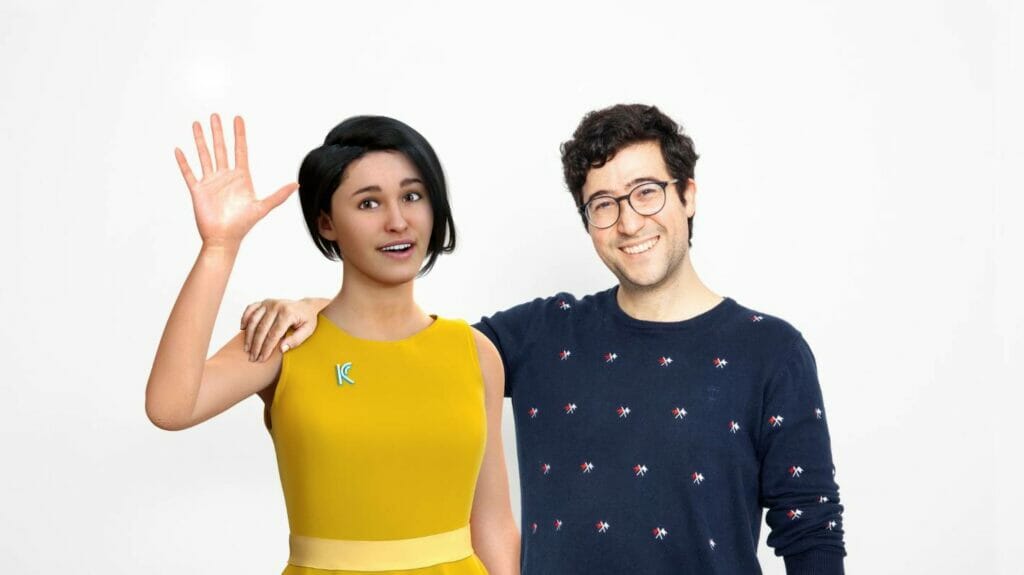
Can you talk a bit to your background and how you came to found Kara Technologies?
We started back in December 2017 as part of a competition from Auckland University called Velocity. Around the time when I was finishing my PhD, I had a disease called Ménière’s Disease that caused me to lose hearing in one ear. It was at this point where I became interested in the deaf community and the challenges that they have.
It is not common for Deaf students to attend university, so when I was studying there, there were no Deaf students who were studying the same field as I was. When I dug into it more, I found that while the amount of information that is being produced everyday increased, yet there was little growth in the number of qualified sign language interpreters. So I thought there should be a tool that we could use technologies to stem the information gap for Deaf students. For example we had a really successful pilot with Deaf Education Centres in New Zealand, where we provided New Zealand Sign Language (NZSL) access to well known NZ children’s books. The way we are different to the others is we are complementing through technology, using it to scale up providing accessibility using sign language.
How is Kara Technologies and Niki revolutionary for sign language interpretation, and how is it different from other offerings?
I want to be clear from the beginning that we are not competing with qualified Sign Language Interpreters or that Niki is designed to replace them, no. Niki should be seen as a complementary tool in certain scenarios or environments where a Sign Language Interpreter may not be available (at that time).
We are not the only company in the world who uses signing avatars to provide sign language accessibility, however the fundamental difference is that we work closely with the Deaf community in New Zealand. We have been extremely privileged to have access to the Deaf community who give us a lot of feedback during the development of Niki and the works we have produced.
Additionally, we have Deaf staff who help us understand Deaf culture and ensure we capture all the intricacies of sign language. If you look at other avatars that have been produced, facial expression is not the strongest part of the product, yet for Deaf people, facial expression is a fundamental part of sign language; hence why Kara has a strong emphasis on facial expression.
What are your plans for expansion?
Because the work we produce is digital, our vision is to come up with a platform that makes sign language accessible to deaf communities around the world. I know this sounds very bold and we know that we can’t do it all by ourselves so we are very open to collaborative efforts and partnerships. We believe that technology hasn’t been used in the right way within the accessibility market compared to other markets because of the assumption that there aren’t many people that need it. To solve this, we believe that if we could provide a platform where other people can use, then there is the opportunity to collaborate with other countries’ sign language so information is accessible regardless where.
For example, we had a successful pilot with the National Theatre in the UK to make the theatre more accessible for sign language. Alongside the UK, we also hope to tap into the American market and expand in those two countries.
Why do you believe learning sign language is important for everyone?
There are many reasons. Speaking from a personal perspective, as a person who has been exposed to sign language late and is still learning, there are many benefits to learning sign language. One of the reasons why I think it’s important to learn sign language is the versatility of it (can communicate through windows, across the road etc), and the ability to be super expressive (where one would be confined to the adjectives in spoken language). I consider it a great privilege of mine to learn sign language. If you have always been wanting to or meaning to take the plunge to learn a little bit of sign language, go for it!
We, as hearing people, rely on spoken language so much, and there are more efficient ways of communicating. Visual communication is becoming an extremely useful mode in a loud environment. The other thing for me is, I’m dyslexic myself, and my brain works so much better when visualising, so conversing in sign language is quite helpful for me to process information. Also considering that NZSL is an official language of NZ, we have a responsibility to know at least some signs.
What are your three top tips for Kiwis thinking about learning sign language?
For me personally I found there were some useful online tools to learn NZSL. One thing I used a lot was a website called Learn NZSL which is an online application which allows you to choose the topic, such as the office and holidays and the signs related to that topic.
Another website that likely will become your most used application is the online NZSL Dictionary. This was developed by Victoria University of Wellington and the NZSL Board. This is the most comprehensive one-stop-shop of NZSL in NZ.
There also are some online classes which are predominantly offered by a variety of organisations. Check them out! Merge NZ, Auckland Deaf Society, and AUT are some of the places in Auckland that offer online NZSL learning.
HOW KEA CAN HELP YOUR BUSINESS GROW
Kea Connect
Kea Connect is a free service that will help your business grow offshore. We connect you personally with regional, sector-specific experts and peers.
Resources
Kea is here to help New Zealand businesses grow offshore. Be inspired and hear advice from businesses who have created their export path.
Jobs Portal
Looking for the right talent for your team? Reach our global Kiwi community through the Kea international job portal.

 MENU
MENU






